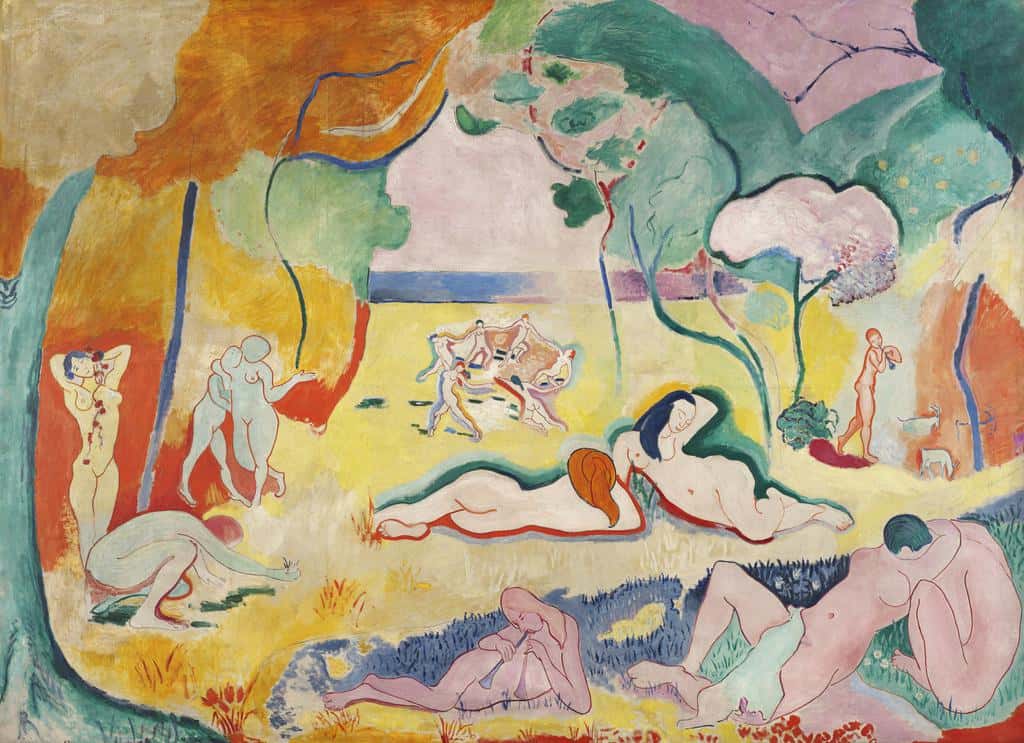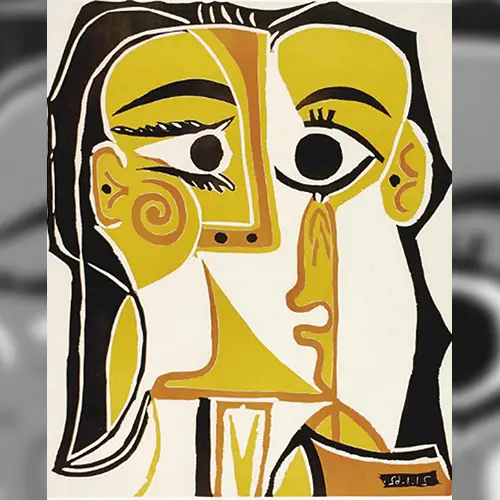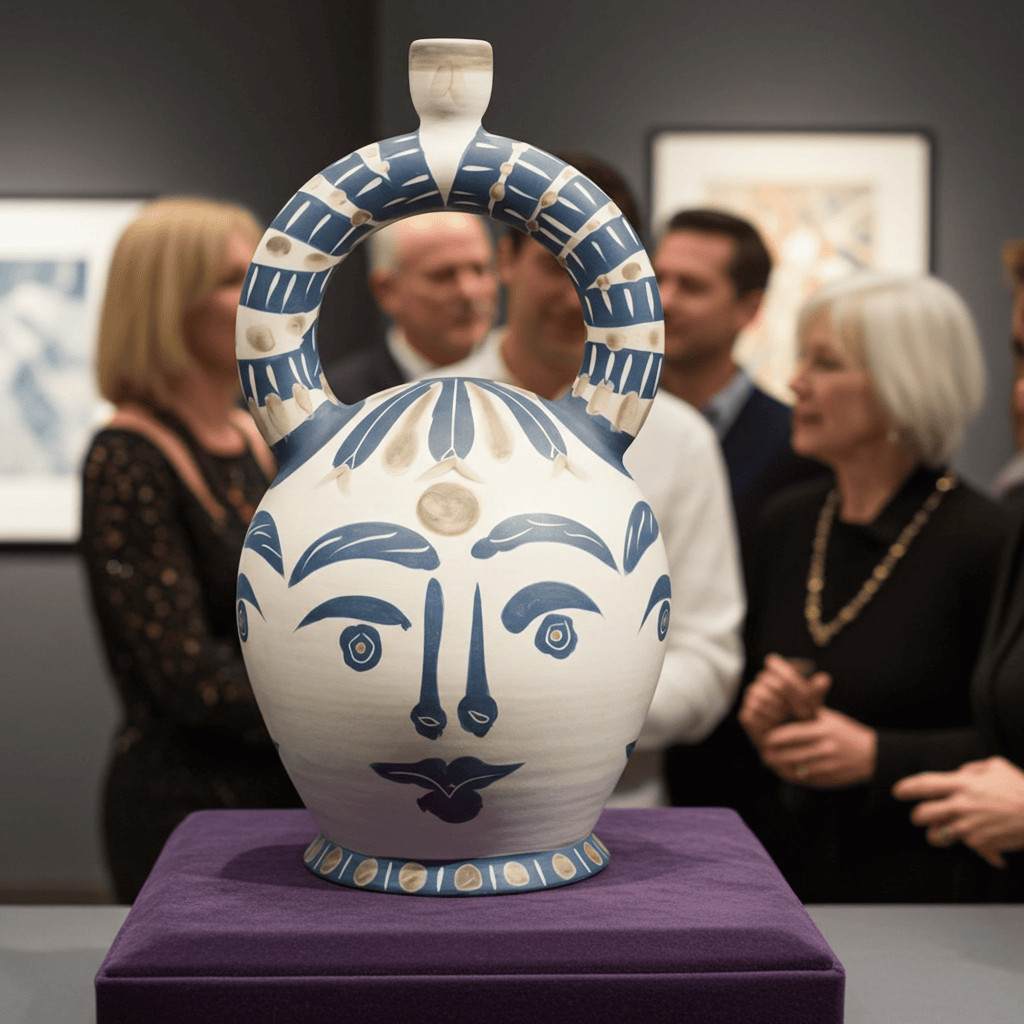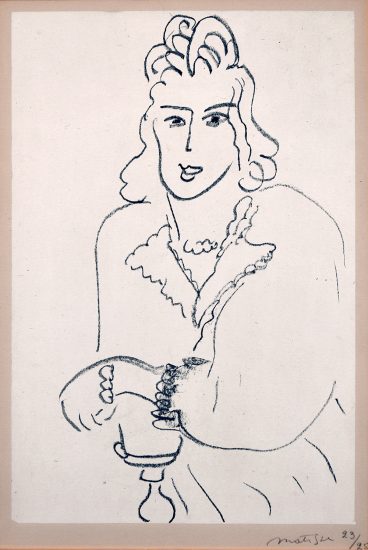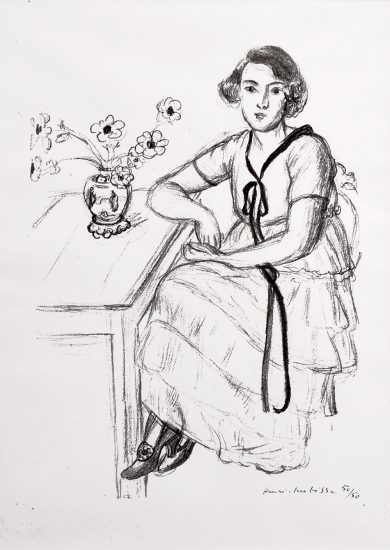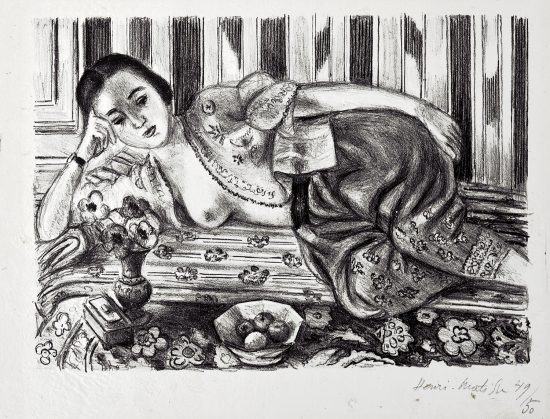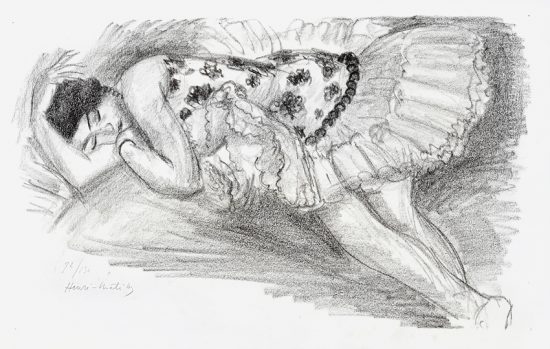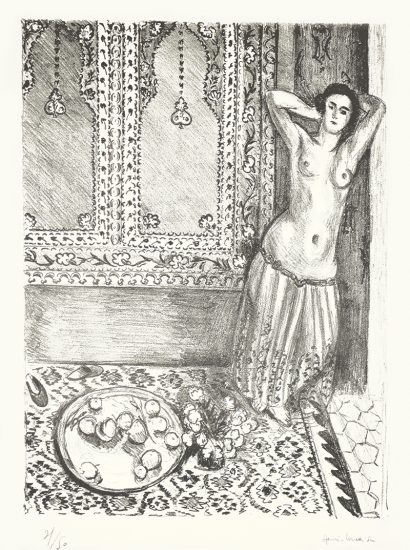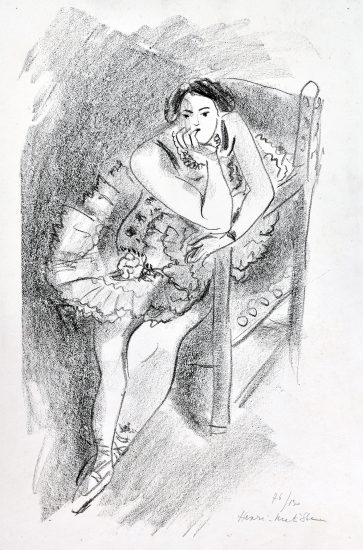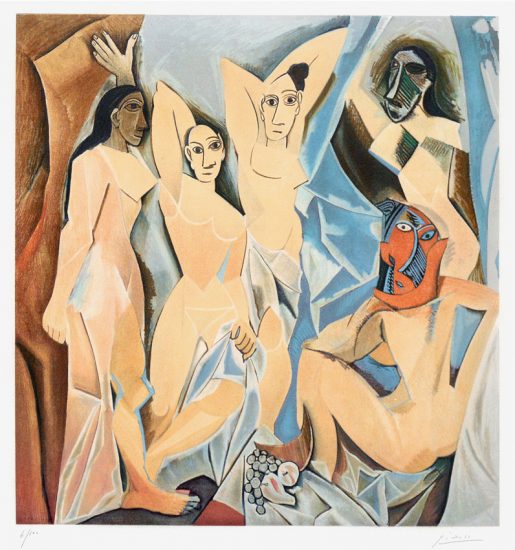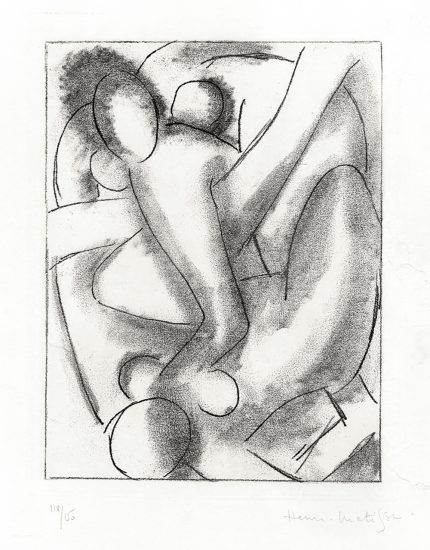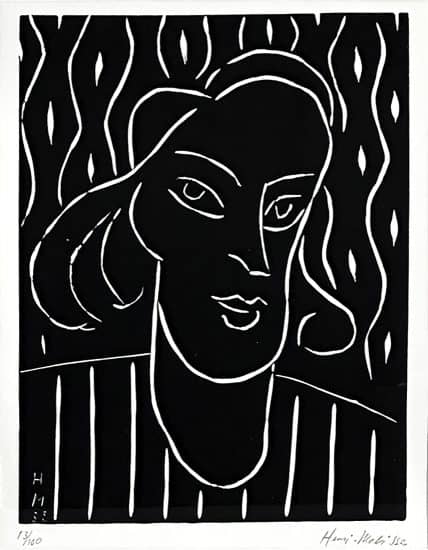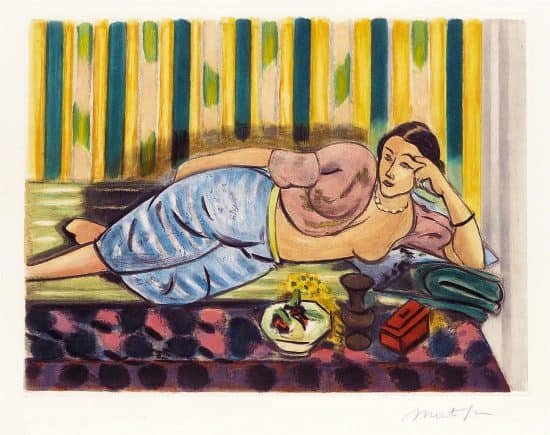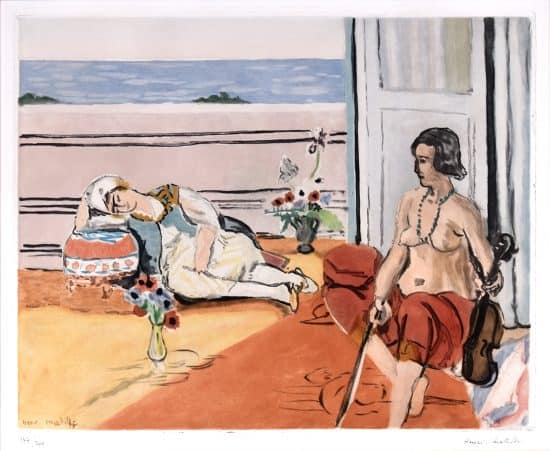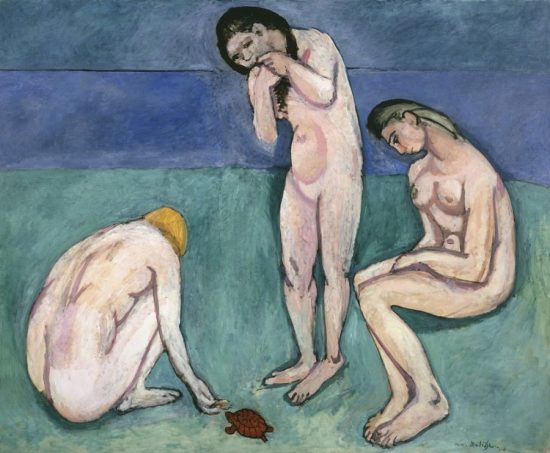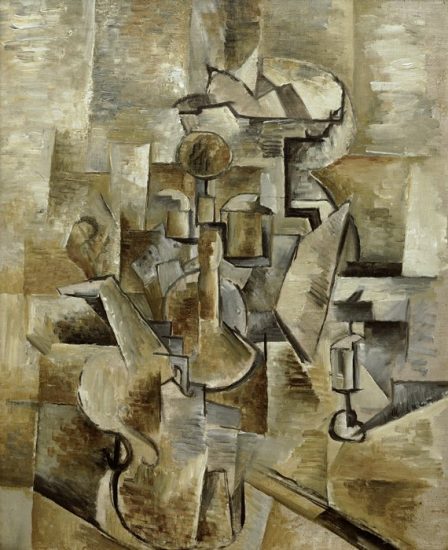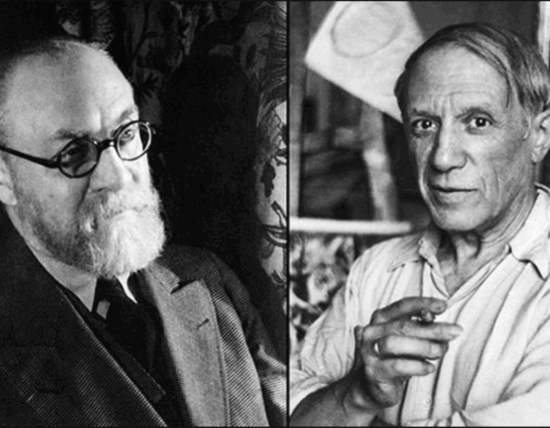Henri Matisse and Pablo Picasso were introduced in 1906 by Gertrude Stein. Thus began a long and artistically bountiful competitive dialogue between the two great artists. Though Matisse once said about the pair that they were “as different as the north pole is from the south pole,” their careers ran largely parallel partly due to the influences they exerted on the other. What may have begun as a mentoring relationship, as Matisse was older and more established than Picasso, soon turned into a one-upping contest. Upon viewing Matisse’s Le Bonheur de vivre, Picasso was inspired to live up to that work, and ultimately to surpass it with his response in the form of Les Demoiselles d’Avignon, a work that changed the course of modern art. However new and exciting this painting was, it was influenced in many ways by Matisse. It was Matisse who showed Picasso an African sculpture he had, perhaps sparking the idea for Picasso to model his women on African masks. During the years the Picasso was struggling with Les Demoiselles d’Avignon, Matisse finished Blue Nude (Souvenir of Biskra), 1907.
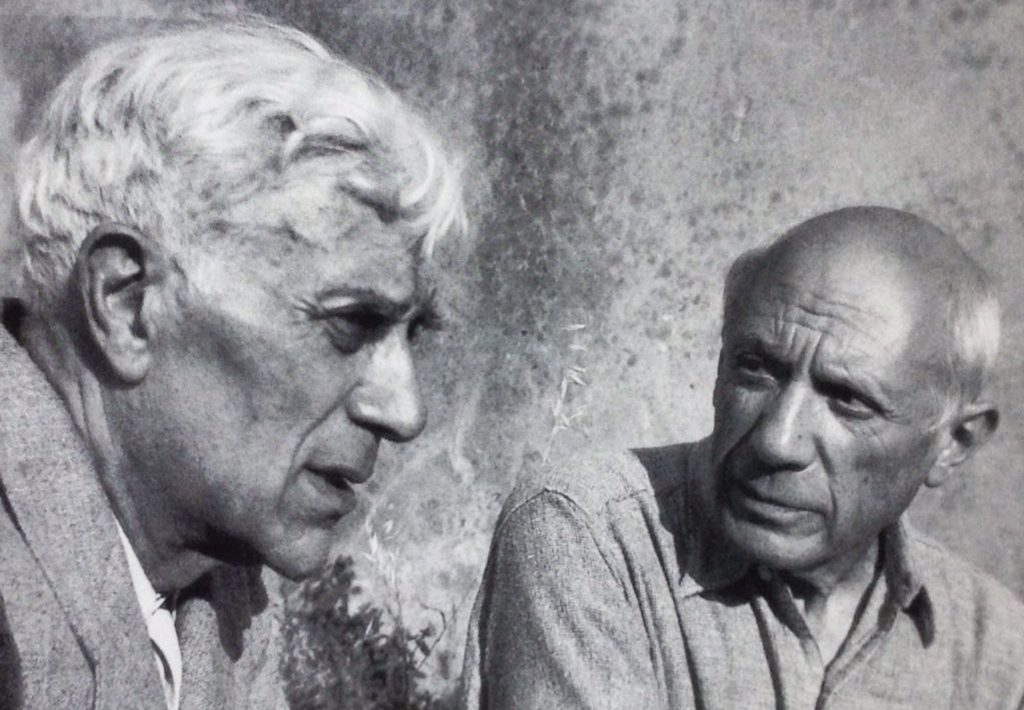
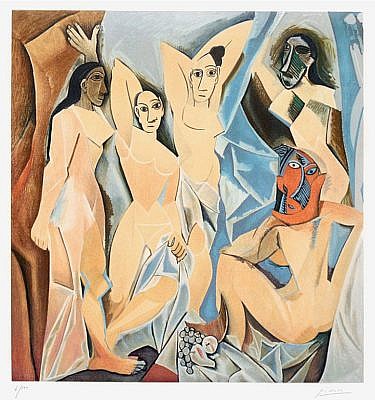
Though they approached art in seemingly very different way, with Matisse the father of Fauvism and Picasso of the very different style Cubism, they frequently looked to one another for valuable criticism and cherished their conversations. During his love affair with Marie-Therese, there is a significant amount of Matissean influence in the bolder, more fauvish colors and the voluptuous, flowing bodies. The painters had such a connection that upon the death of Matisse, Picasso felt that he had been bequeathed his odalisques, which he began to explore – as an ode to Matisse, but also as a collaboration with his ideas even after his death.
Shortly before Matisse died, he began working with his cut outs. At the same time, Picasso picked up the idea of metal cut sculptures. The two artistic techniques are very clearly in dialogue with one another. John Golding, an art historian, in conversation with John Richardson explained the relationship by “saying that Matisse’s papiers découpés are painting aspiring to be sculpture and Picasso’s cut-metal pieces are sculpture aspiring to be painting.” In these ways, the two artists were inverses of one another, but more similar than they seemed. Such a relationship between the Matisse and Picasso no doubt pushed both to excel in their own work and to find an understanding and driving force in the other.
References:
• Richardson, John. “Between Matisse and Picasso.” Vanity Fair.
• Schama, Simon.
“How Matisse and Picasso turned old age into art.” Financial Times. April 4th, 2014. Accessed February 7, 2017. https://www.ft.com/content/59192b0c-b994-11e3-b74f-00144feabdc0
• Trachtman, Paul. “Matisse & Picasso.” Smithsonian. Febraury 2003. Accessed February 7, 2017. http://www.smithsonianmag.com/arts-culture/matisse-picasso-75440861/
• Weisberg, Jacob. “Matisse vs. Picasso.” Slate. Accessed February 7, 2017. http://www.slate.com/articles/technology/the_browser/1999/02/matisse_vs_picasso.html
